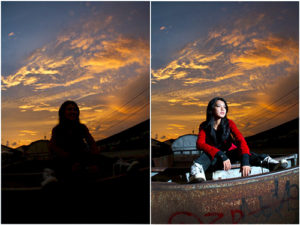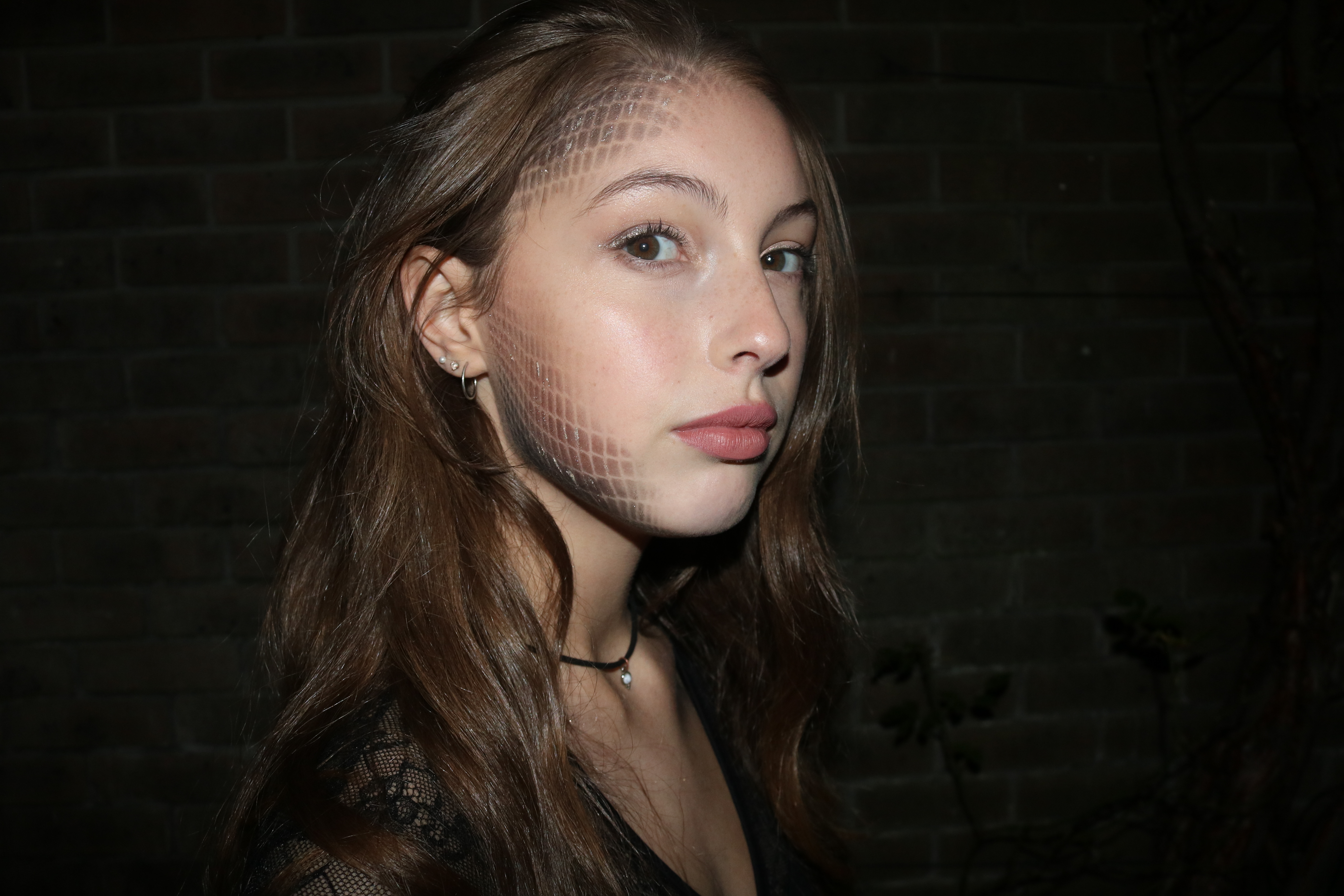Flash
You can use flash in portraiture in a range of dark and light places. It is stereo typically used in places where it is dark, but you can also create interesting effects in light ares using it. There are many types of flashes and techniques that can be used:
- Bounce flash
This is when you point the flash in a different direction, rather than directly at your subject, in order for the light to soften before it hits your subject. It’s typically bounced at an angle, at something like a wall or a ceiling.
Below is a diagram that explains how the ‘bounce flash’ technique is used compared to direct flash:

- fill-in flash
This is a technique that’s used to brighten up shadowed areas. This is usually used when the background is a lot brighter that the actual subject, and using this will make your subject appear well lit and not underexposed compared to the background.
To use fill flash, the aperture and the shutter speed should be correctly adjusted to expose the background, and the flash is then fired to lighten the foreground (usually the subject)
Below is an example of how using fill flash can make your images look good. The image on the left has the background perfectly exposed, and the image on the right is how the image looked when you took it with flash. As you can see, the image on the right is very successful as you can see the sky in the background, and the subject is also perfectly exposed due to the use of the flash.

Below is also a video that shows a range of techniques and tips on how to use fill flash:
- Speedlight flash
This is also known as a hot shoe flash. This is a flash that is inserted onto the top part of the camera and is triggered then the cameras shutter takes an image
Contact sheets
For this photo shoot I pictured my model while she was wearing makeup on her face. This demonstrated how, by using a flash, many details can be noticed in the dark.

Best outcome

